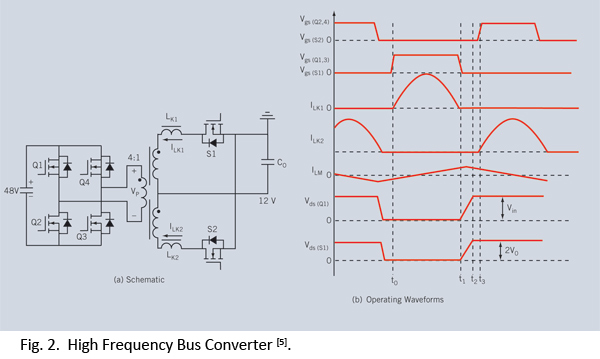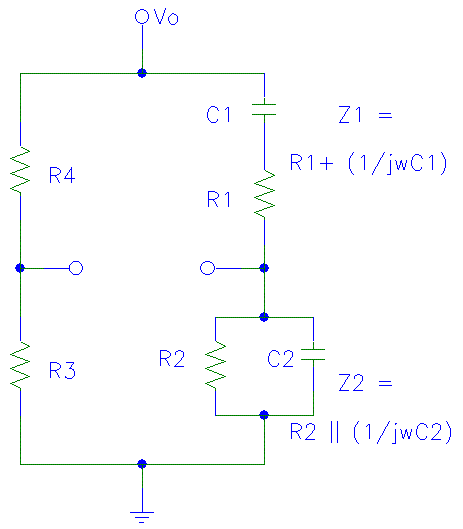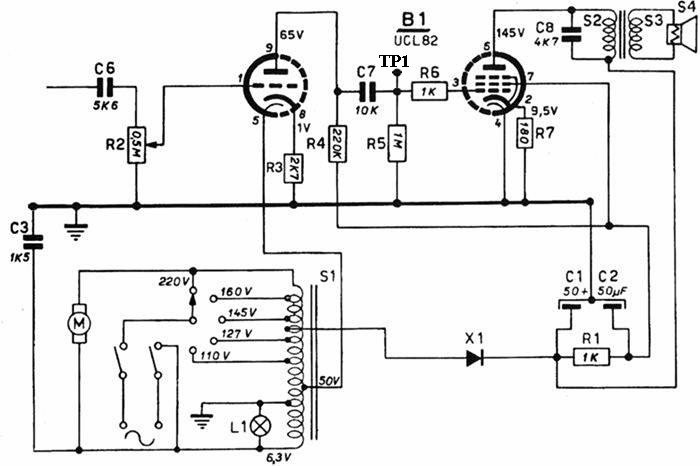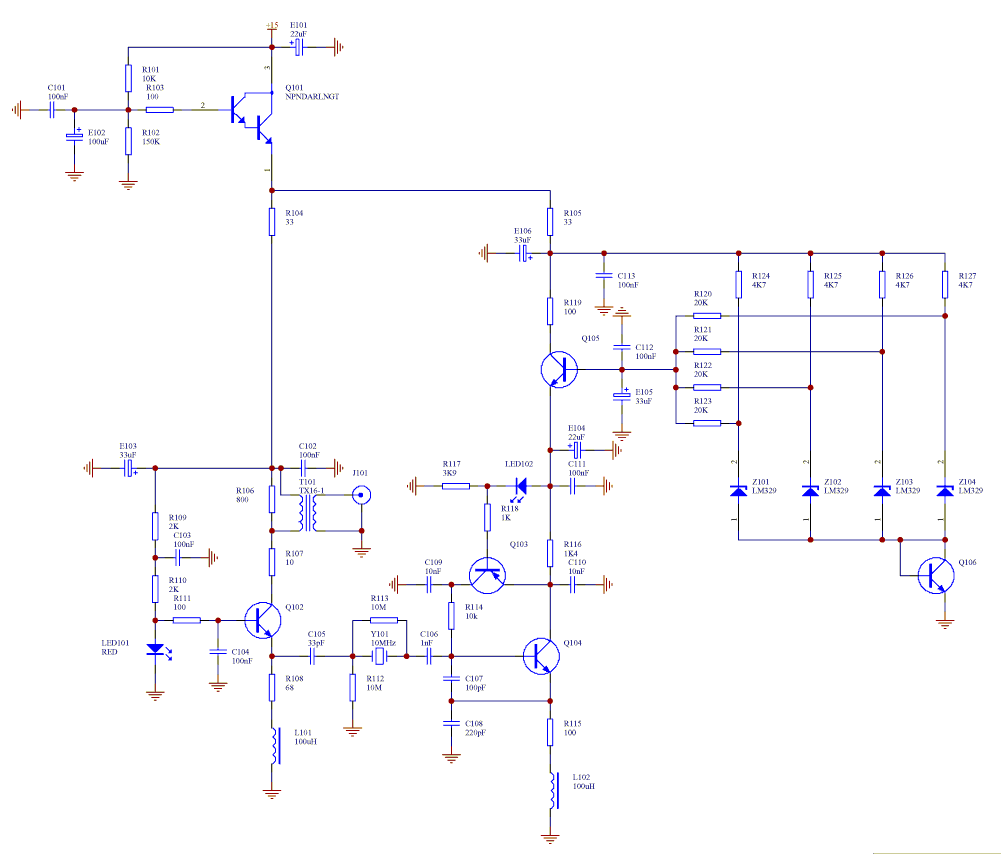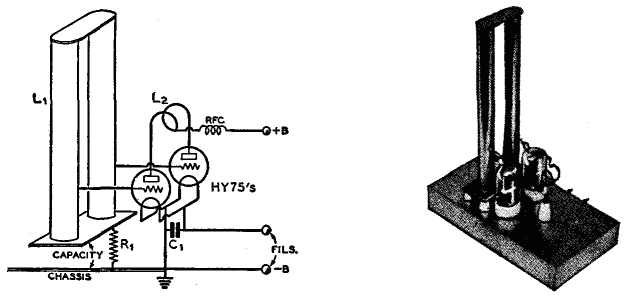
Replacing Crystals and Ceramic Resonators with Silicon Oscillators
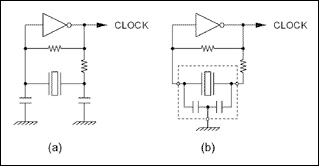
A brief note explaining the process of substituting crystal and ceramic resonator clock circuits with silicon oscillators, while emphasizing the technical benefits these devices provide in microcontroller clock applications.
Silicon oscillators serve as an effective alternative to traditional crystal and ceramic resonator clock circuits, particularly in microcontroller applications. These oscillators are integrated circuits that generate clock signals through internal oscillation mechanisms, offering several advantages over their counterparts.
One significant benefit of silicon oscillators is their compact size. Unlike crystal and ceramic resonators, which require additional space for mounting and may necessitate specific PCB layouts to accommodate their physical dimensions, silicon oscillators can be designed in smaller packages, thus optimizing board space. This is particularly advantageous in applications where space is at a premium.
Another advantage is the improved temperature stability that silicon oscillators provide. While crystal and ceramic resonators can experience frequency drift due to temperature fluctuations, silicon oscillators can be engineered to maintain consistent performance across a wider temperature range. This reliability is crucial for applications that operate in varying environmental conditions.
Additionally, silicon oscillators often feature lower power consumption compared to traditional resonators. This characteristic is essential for battery-operated devices, where energy efficiency is paramount. The reduced power requirements of silicon oscillators contribute to longer battery life and overall enhanced system performance.
Furthermore, silicon oscillators offer greater flexibility in frequency selection. Designers can easily adjust the output frequency by changing the internal configuration of the oscillator, which allows for rapid prototyping and customization for specific applications. This adaptability is not as straightforward with crystal and ceramic resonators, which are typically fixed-frequency devices.
In summary, the transition from crystal and ceramic resonators to silicon oscillators in microcontroller clock applications presents several technical advantages, including reduced size, improved temperature stability, lower power consumption, and enhanced frequency flexibility. These factors make silicon oscillators a compelling choice for modern electronic designs.A short note describing how to replace crystal and ceramic resonator clock circuits with silicon oscillators and highlighting some of the technical advantages offered by these devices in microcontroller clock applications.. 🔗 External reference
Silicon oscillators serve as an effective alternative to traditional crystal and ceramic resonator clock circuits, particularly in microcontroller applications. These oscillators are integrated circuits that generate clock signals through internal oscillation mechanisms, offering several advantages over their counterparts.
One significant benefit of silicon oscillators is their compact size. Unlike crystal and ceramic resonators, which require additional space for mounting and may necessitate specific PCB layouts to accommodate their physical dimensions, silicon oscillators can be designed in smaller packages, thus optimizing board space. This is particularly advantageous in applications where space is at a premium.
Another advantage is the improved temperature stability that silicon oscillators provide. While crystal and ceramic resonators can experience frequency drift due to temperature fluctuations, silicon oscillators can be engineered to maintain consistent performance across a wider temperature range. This reliability is crucial for applications that operate in varying environmental conditions.
Additionally, silicon oscillators often feature lower power consumption compared to traditional resonators. This characteristic is essential for battery-operated devices, where energy efficiency is paramount. The reduced power requirements of silicon oscillators contribute to longer battery life and overall enhanced system performance.
Furthermore, silicon oscillators offer greater flexibility in frequency selection. Designers can easily adjust the output frequency by changing the internal configuration of the oscillator, which allows for rapid prototyping and customization for specific applications. This adaptability is not as straightforward with crystal and ceramic resonators, which are typically fixed-frequency devices.
In summary, the transition from crystal and ceramic resonators to silicon oscillators in microcontroller clock applications presents several technical advantages, including reduced size, improved temperature stability, lower power consumption, and enhanced frequency flexibility. These factors make silicon oscillators a compelling choice for modern electronic designs.A short note describing how to replace crystal and ceramic resonator clock circuits with silicon oscillators and highlighting some of the technical advantages offered by these devices in microcontroller clock applications.. 🔗 External reference

